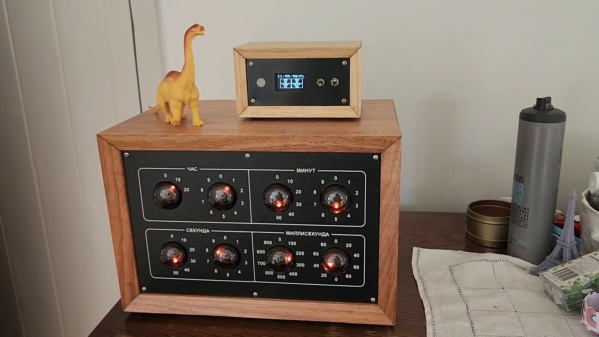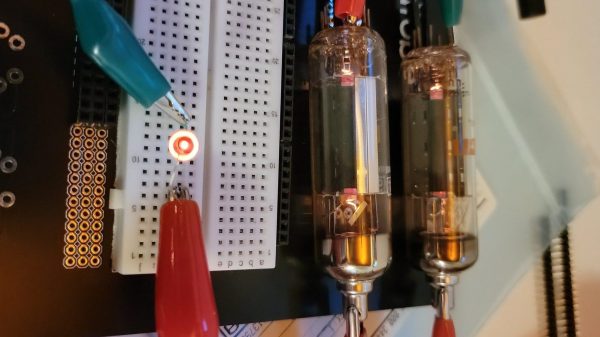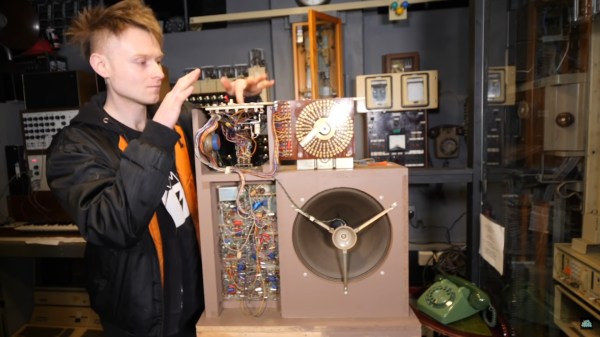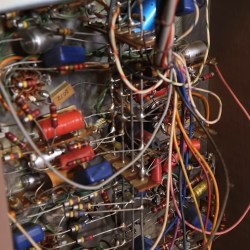Magic Eye tubes were popular as tuning guides on old-school radio gear. However, the tubes, the 6U5 model in particular, have become rare and remarkably hard to come by of late. When the supply dried up, [Bjørner Sandom] decided to build a digital alternative instead.
The build relies on a small round IPS display, measuring an inch in diameter and with a resolution of 128×115 pixels. One can only presume it’s round but not perfectly so. It was then fitted with a 25mm glass lens in order to give it a richer, deeper look more akin to a real Magic Eye tube. In any case, a STM32F103CBT was selected to drive the display, with the 32-bit ARM processor running at a lovely 72 MHz for fast and smooth updates of the screen.
The screen, controller, and supporting circuitry are all built onto a pair of PCBs and installed in a 3D-printed housing that lives atop a tube base. The idea is that the build is a direct replacement for a real 6U5 tube. The STM32 controller receives the automatic gain control voltage from the radio set it’s installed in, and then drives the screen to behave as a real 6U5 tube would under those conditions.
By virtue of the smart design, smooth updates, and that nifty glass lens, the final product is quite a thing to behold. It really does look quite similar to the genuine article. If you’ve got a beloved old set with a beleagured magic eye, you might find this a project worth replicating. Video after the break.


















